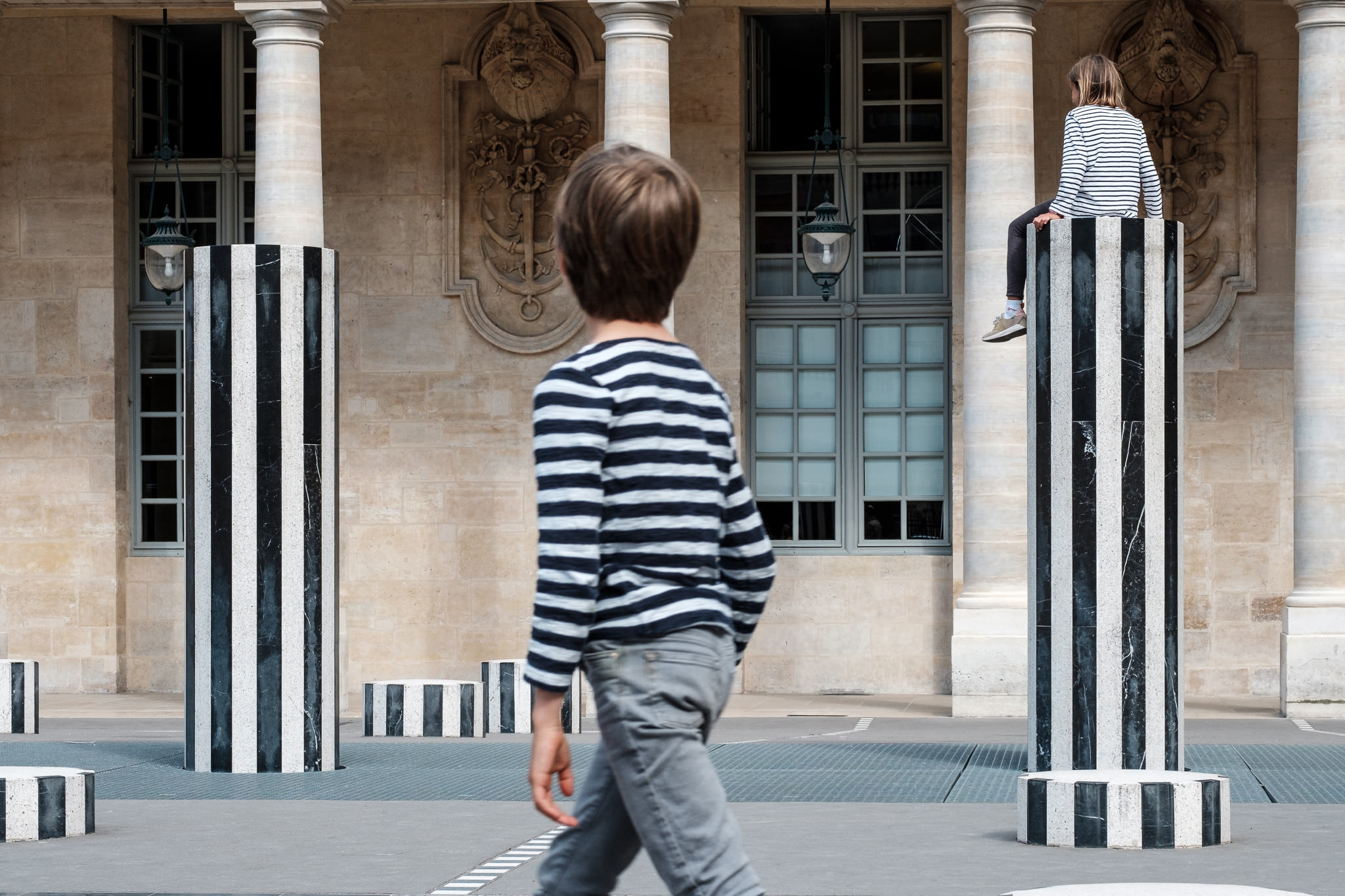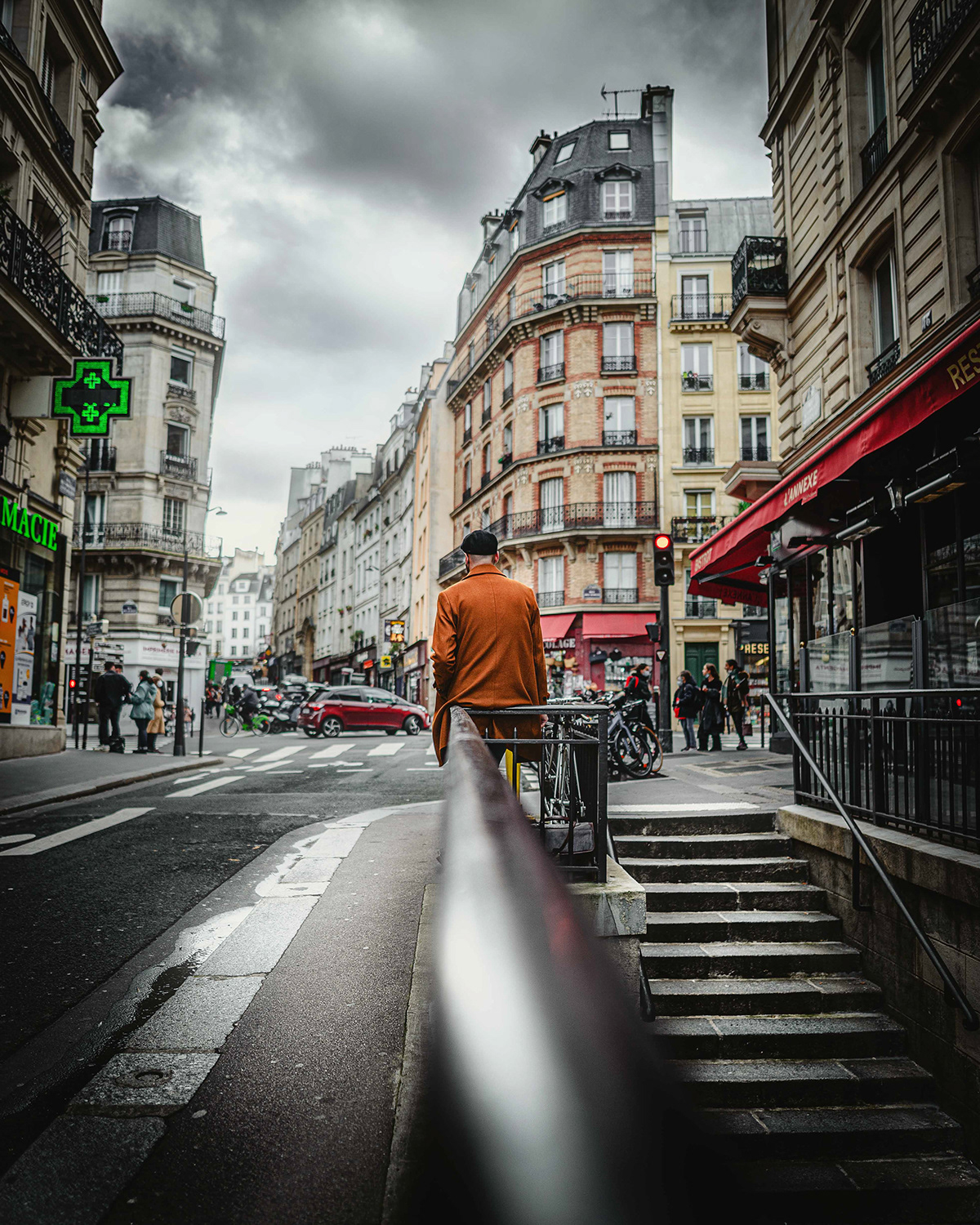Indicators on Street Photographers You Need To Know
Table of ContentsThe Definitive Guide for Street PhotographersRumored Buzz on Street PhotographersStreet Photographers Fundamentals ExplainedSome Known Details About Street Photographers Getting My Street Photographers To Work
Road photographers do not necessarily have a social function in mind, however they choose to isolate and capture minutes which may otherwise go unnoticed.He was influenced by several of those who affected the road professional photographers of the 1950s and '60s, he was not primarily interested in capturing the spirit of the street. The impulse to aesthetically record people in public began with 19th-century painters such as Edgar Degas, douard Manet, and Henri de Toulouse-Lautrec, that functioned side by side with professional photographers trying to record the significance of urban life.
Due to the fact that of the comparatively primitive innovation offered to him and the lengthy direct exposure time called for, he battled to record the stress of the Paris streets. He explore a series of photographic techniques, attempting to discover one that would allow him to capture motion without a blur, and he discovered some success with the calotype, patented in 1841 by William Henry Fox Talbot. In contrast to Atget, professional photographer Charles Marville was worked with by the city of Paris to produce an encyclopaedic record of Haussmann's metropolitan preparation job as it unfolded, therefore old and new Paris. While the professional photographers' subject was essentially the same, the outcomes were markedly various, showing the influence of the digital photographer's bent on the character of the images he produced.
Street Photographers Fundamentals Explained
Given the fine top quality of his photographs and the breadth of material, engineers and musicians typically acquired Atget's prints to use as recommendation for their very own job, though commercial rate of interests were rarely his primary inspiration. Instead, he was driven to photograph every last remnant of the Paris he liked.

Unlike his peers, Brassa used a larger-format Voigtlnder electronic camera with a longer direct exposure time, forcing him to be a lot more computed and thoughtful in his method than he could have been if using a Leica. (It is believed that he might not have had the ability to afford a Leica during that time, however he did, however, make use of one in the late 1950s to take colour photographs.) Brassa's photos of the Paris abyss illuminated by man-made light were a revelation, and the compilation of the collection that he published, (1933 ), was a major success.

The Street Photographers Ideas
It is due to this basic understanding of the art of picture taking that he is typically attributed with rediscovering the tool throughout again roughly a click for more century given that its creation. He took photographs for greater than a half century and affected generations of digital photographers to trust their eye and instinct in the minute.
These are the inquiries I shall attempt to answer: And afterwards I'll leave you with my very own interpretation of road digital photography. Yes, we do. Allow's kick off with defining what a definition is: According to it is: "The act of defining, or of making something certain, unique, or clear".
No, most definitely not. visit homepage The term is both restricting and misguiding. Seems like a street photography must be pictures of a streets ideal?! And all road digital photographers, other than for a tiny number of outright novices, will completely appreciate that a street is not the essential component to street digital photography, and in fact if it's a photo of a road with possibly a couple of uninteresting people not doing anything of rate of interest, that's not street photography that's a snapshot of a street.
Street Photographers - The Facts
He makes a legitimate factor don't you assume? Nevertheless, while I agree with him I'm not certain "candid public digital photography" will capture on (although I do type of like the term "honest photography") due to the fact that "street digital photography" has been around for a long period of time, with several masters' names connected to it, so I think the term is right here to remain.
Inside?! I hear you yell as you tremble your hand to the skies. Why not? You can contend the coastline, at a festival, in original site an alley, in a park, in a piazza, in a cafe, at a gallery or art gallery, in a city terminal, at an occasion, on a bridge, under a bridge ...
Yes, I'm terrified we have no option! Without guidelines we can not have a definition, and without an interpretation we don't have a genre, and without a style we don't have anything to specify what we do, and so we are embeded a "guidelines definition category" loop! And no-one intends to get embeded a loop. - Street Photographers
